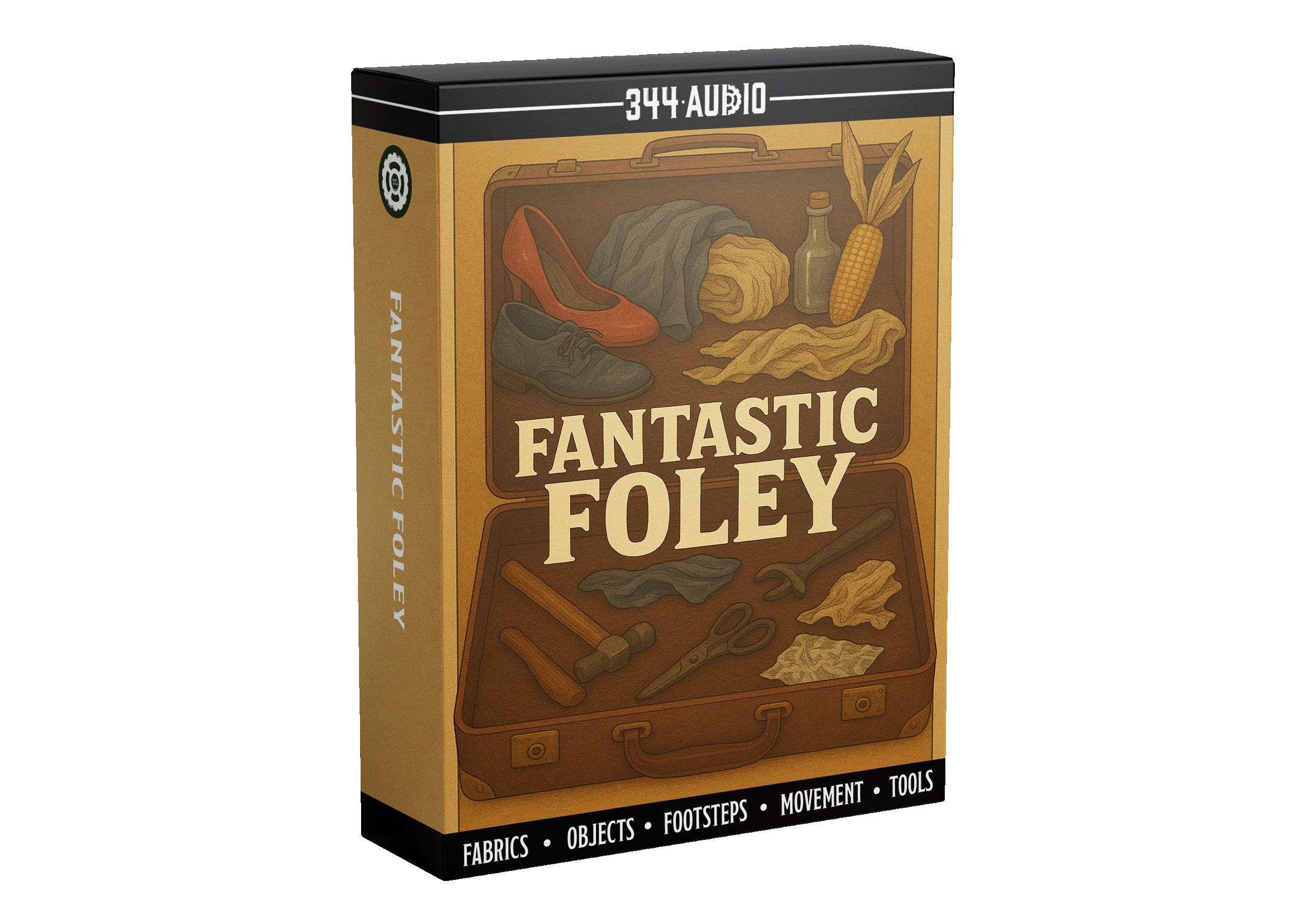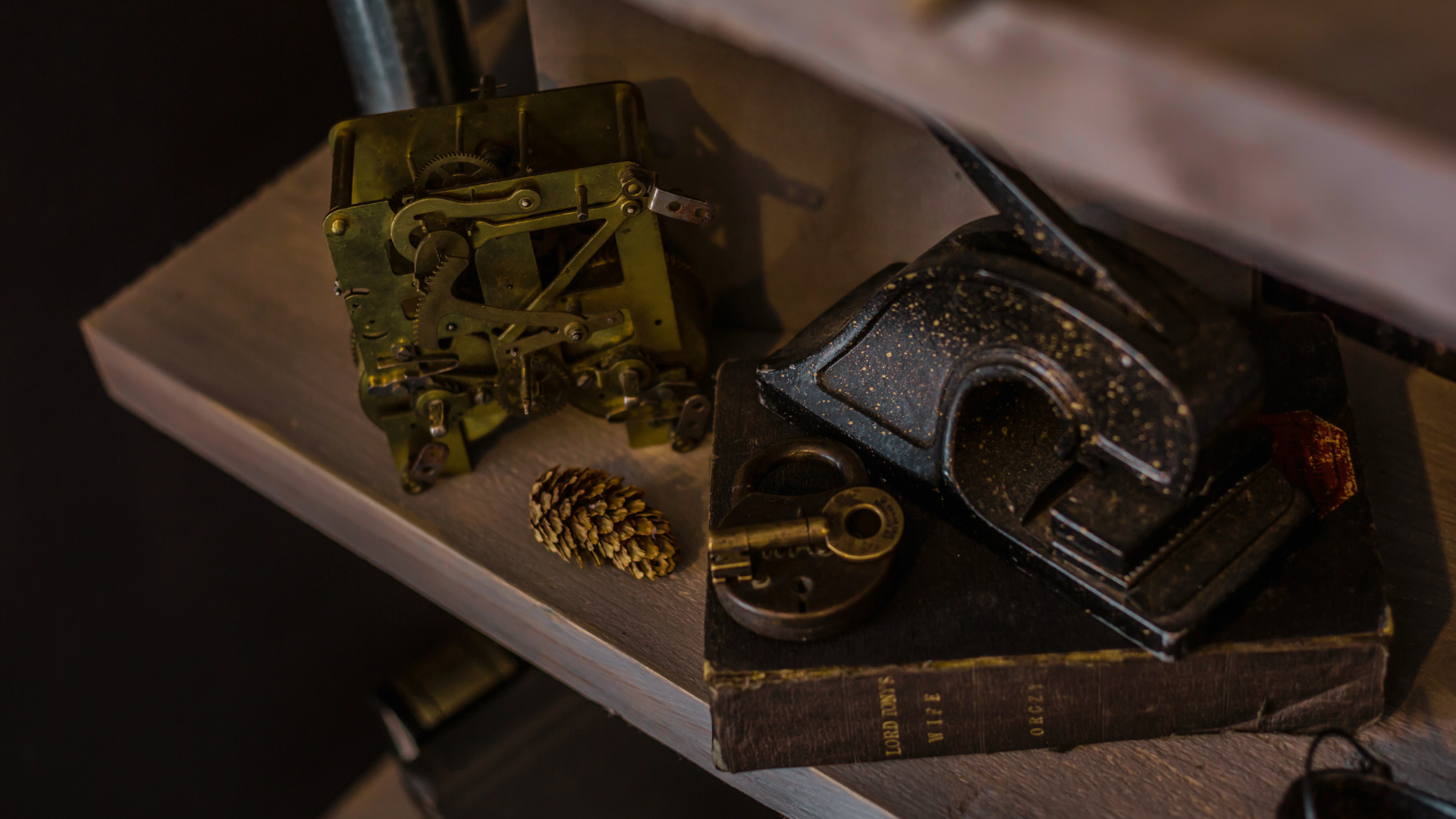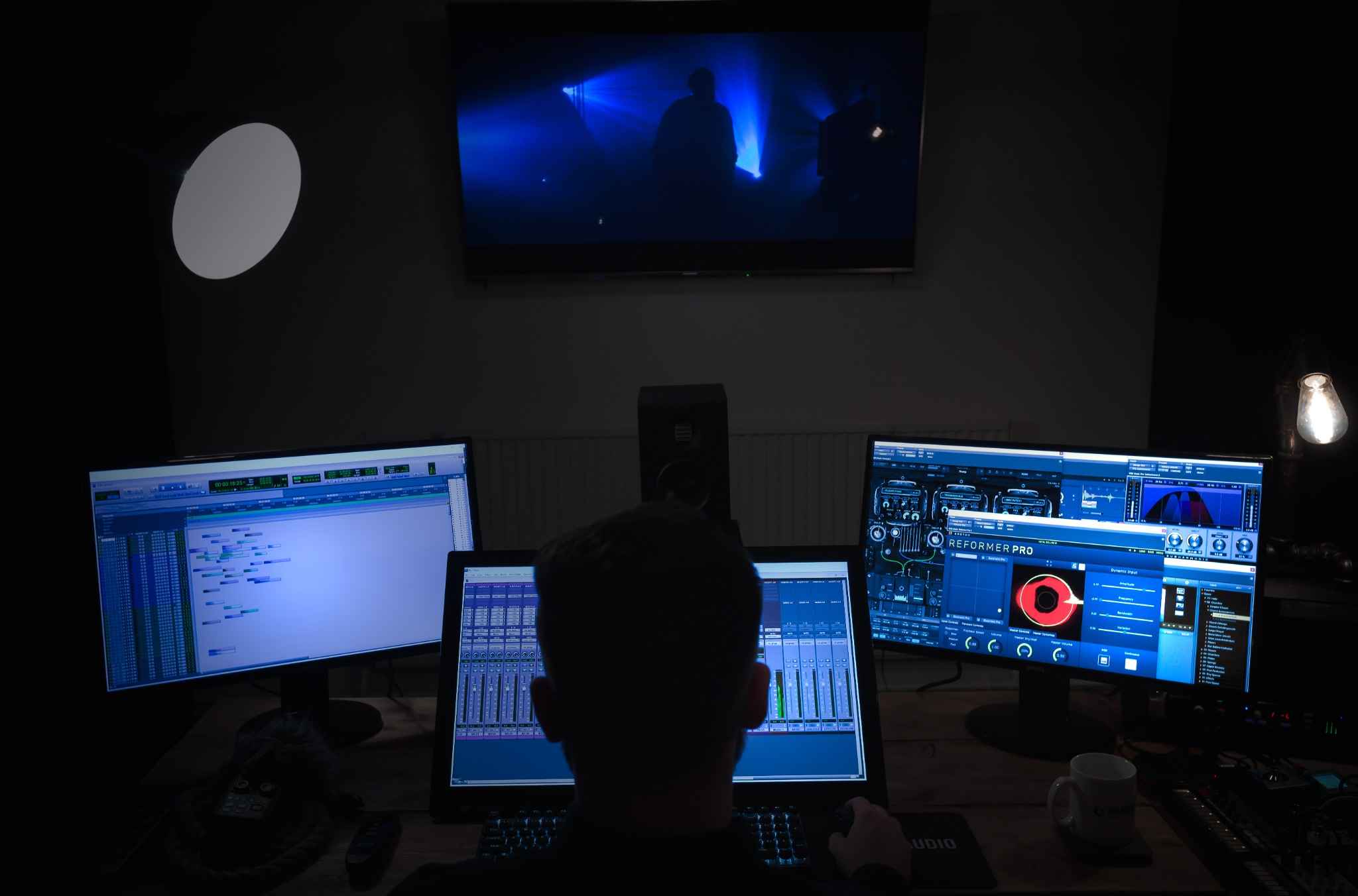INTRODUCTION
In sound design, creativity often begins not in a plugin or a library, but in your own kitchen drawer, workshop, or recycling bin.
From rattling keys to scraping chairs and bouncing basketballs, found objects—the everyday, overlooked things around us—are an incredibly powerful and accessible source of sonic inspiration. Whether you're on a tight budget or just want to push your creativity further, building your own SFX from the ground up using household materials is one of the most rewarding ways to design sound.
In this blog, we’ll explore the benefits of conducting sound design with everyday objects, share real-world examples, and walk through practical recording tips to help you turn the ordinary into something extraordinary.
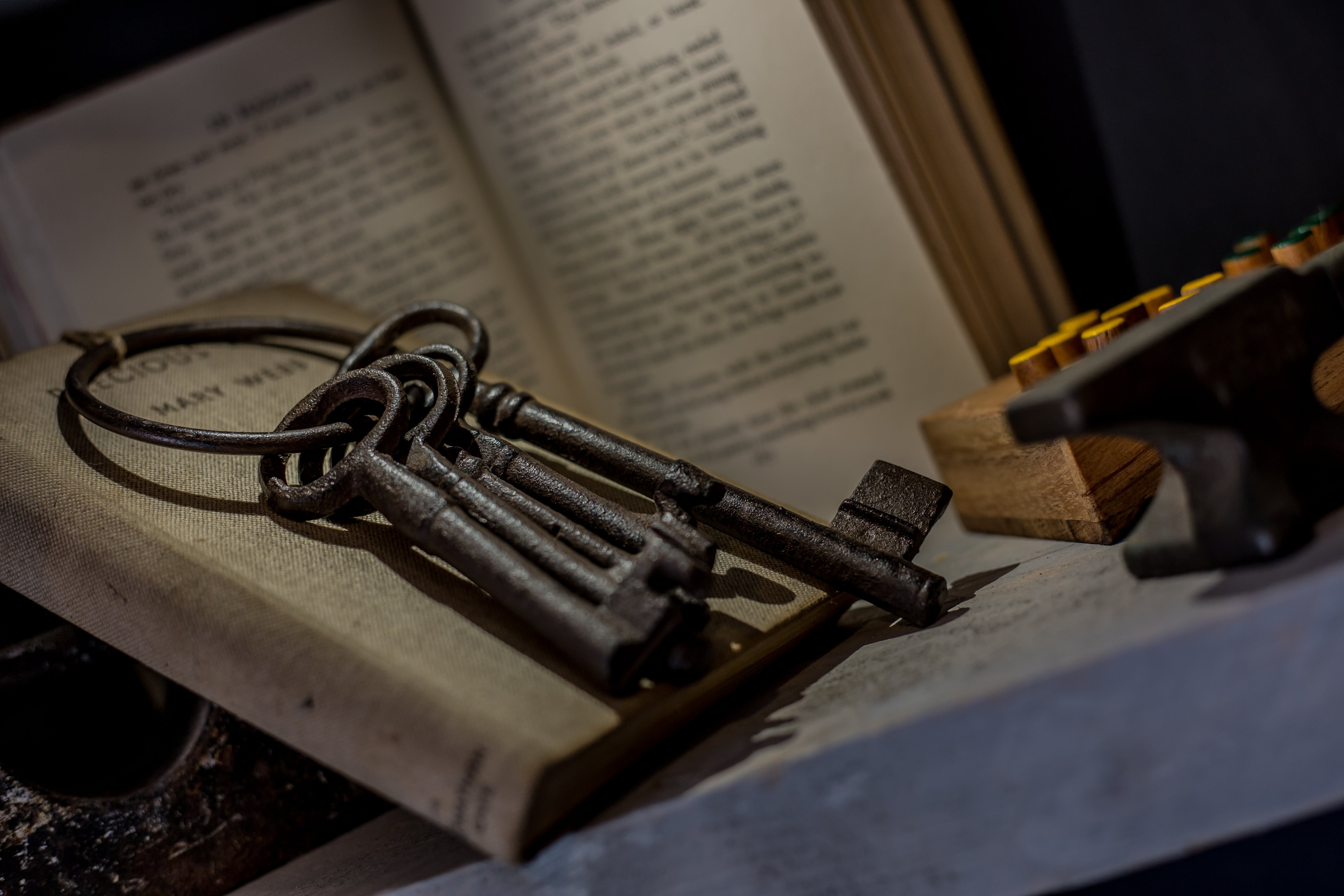
Why Use Found Objects in Sound Design?
Conducting sound design with everyday objects has long been a staple in both professional Foley and experimental sound design. Here's why:
Easy Access - Found objects are, by definition, things you already have. Whether it’s kitchen utensils, tools, packaging, or old furniture, there’s no need for a studio full of gear to get started, just a keen eye for creativity.
Potential To Create Unique, Original Sounds - Unlike downloadable SFX libraries, using found objects ensures your recordings are one-of-a-kind. No one else has recorded that specific kitchen knife scraping across a metal grill, processed correctly, that could be your signature alien movement sound.
Great For Learning & Experimentation - Physically interacting with your sound sources helps you understand how materials behave sonically. You develop instincts around timing, energy, resonance, and texture in ways you don’t by dragging and dropping from libraries.
Budget-Friendly and Creative - For students, freelancers, or small teams, it’s the most cost-effective way to build a diverse sound library. Plus, it often leads to happy accidents and creative breakthroughs you wouldn’t have found otherwise.
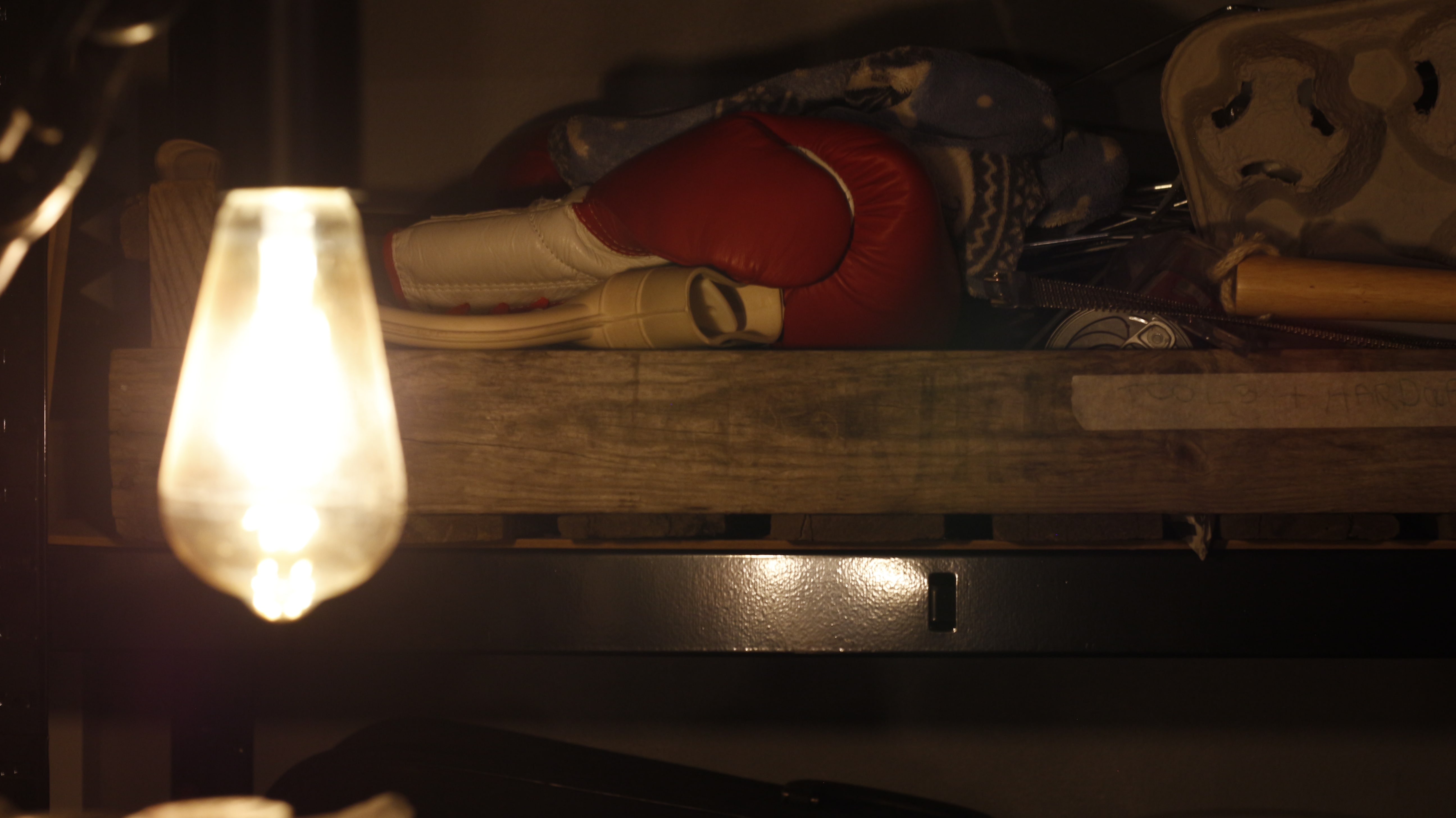
Examples of Found Object Sound Design
Found sounds are not just for “cheap” replacements. Many professional sound designers intentionally choose these methods to get results that libraries can’t provide, and once you start to recognise the formulae behind the creation of certain sounds, they might just turn into your go to method. Here are just a few tried-and-true examples of found object sounds used in professional and indie sound work:
Coconut shells - Still used today to mimic horse hooves in Foley sessions.
Plastic Bottles - Provides a number of creative options: Crinkled, crushed, or tapped to simulate bone breaks or insect movement. Apply light crushes to emulate the sound of fire crackling.
Wrenches, Screwdrivers & Chains (& Other Tools) - Either use them as they were intended and record their practical usage, or take advantage of the heavy nature to create metal impacts, scrapes, machine mechanics, and high pitched clangs for weapon sounds.
Balloons - Another simple object that provides a number of uses: Release the air from the balloon at different intensities to create different air pressure sounds, high pitched squeaks for screams or hissing valves, and loose for deep breathing or dragon-like exhalations when slowed down. Scraping the side of a balloon with your hand can create a unique friction effect that can serve great as a layer for a monster roar when manipulated correctly.
Rulers flicked on table edges - Turn into sci-fi laser zaps or UI bloops with pitch processing.
Moist Leather Chamois Cloth - Moisten the cloth by running it under some water, and squelch it at varying intensities for gore and blood sounds.
Bubble wrap - For bone cracks, popping spells, or creature skin movement.
Feathers & Leather Glove - Holding these together and performing a flapping motion can be a great trick to emulate the sound of bird wings flying away.
Bowl of Water & Straw or Tube - use the straw or thin tube to blow into your bowl of water to create a bubbling effect that could be used for lava or magma.
Tinfoil, Drawing Paper, Envelopes - Crushing materials like tinfoil, drawing paper, and envelopes separately, then layering the recordings together, can be a highly effective way to recreate the textured rumble and snap of a thunder and lightning effect.
How to create thunder and lighting link: https://www.facebook.com/reel/1342541970414001

Recording Tips for Found Object SFX
Capturing high-quality recordings from everyday objects doesn’t require a full studio, but a bit of planning and awareness goes a long way. These tips will help you get clean, usable, and expressive recordings from whatever items you’re experimenting with.
Mic Choice & Placement
The microphone you use, and where you position it, will significantly shape the tone and detail of your sound.
- Use a condenser mic or shotgun mic for detailed, close-up sounds like paper tears, plastic creaks, or subtle mechanical movements.
- Dynamic mics are great for louder, more aggressive impacts.
- Place the mic close to the source, but not too close, especially with air movement or sharp transients like balloon pops or bottle crunches.
- Record at different distances to capture both detailed and ambient layers.
Control the Recording Environment
Found object recordings often contain delicate textures and high-frequency detail, which means background noise can easily interfere.
- Choose a quiet space with soft surfaces to reduce reflections. A carpeted room or makeshift booth with blankets works well.
- Turn off nearby appliances, electronics, or fans that hum or buzz.
- Place objects on towels, foam, or blankets to absorb excess reflections if needed.
Experiment with Surfaces
The surface your object interacts with can dramatically alter its sound.
- Tapping a spoon on wood adds warmth and body.
- Striking glass gives you sharp, brittle tones.
- Using metal adds a cold, ringing texture.
- Try each object on multiple surfaces to discover the tone that fits your project.
Monitor Closely and Watch Your Levels
Clean recordings depend on proper monitoring and gain staging.
- Use closed-back headphones to block out ambient sound and hear exactly what the mic captures.
- Keep levels in check—if the gain is too low, you'll miss important details. If it's too high, you risk distortion or clipping.
- Watch out for handling noise. Use mic stands, isolation pads, or gloves to avoid unwanted movement.
Record at a High Sample Rate
- Always record at 96kHz or 192kHz when possible.
- Higher sample rates give you greater flexibility when pitching or stretching sounds without introducing digital artefacts.
For more information regarding common mistakes in the SFX creation process, check out our blog post: 5 Common Mistakes Made When Creating Sound Effects (and How to Avoid Them).
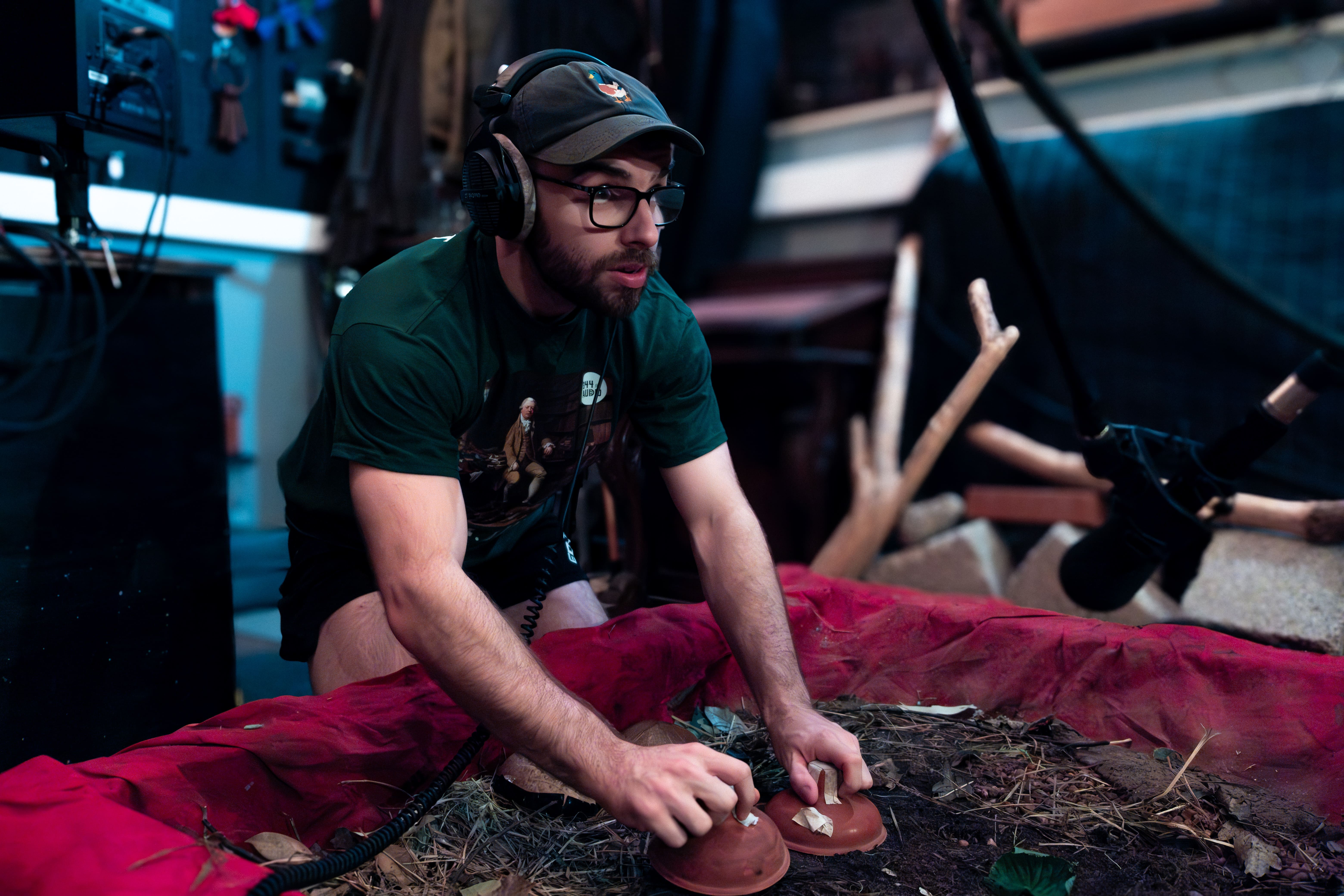
Creative Processing Techniques
Once recorded, it’s time to unleash the power of your DAW. Found sounds can become unrecognisable and incredibly cinematic, with a bit of processing.
Pitch Shifting
Lowering the pitch of a squeaky hinge can turn it into an ancient creaking door. Raising it might make it into a comedic cartoon accent.
Layering & Stacking
Blend your object with other recordings to add depth or character. For example, mix a bottle crunch with a rock hit for a stylised body fall.
Granular and Time-Stretch Effects
Slowing down short, sharp sounds (like tapping glass or flicking metal) can reveal hidden textures, making them feel like sci-fi drones or magical pulses.
Reverse + Reverb
Classic combo for adding tension, otherworldliness, or dramatic reveals.
Distortion, Filters, and Modulation
Take a clean sound and destroy it—run it through guitar pedals, bitcrushers, or filter sweeps for high-energy trailer hits, glitch FX, or lo-fi sounds.
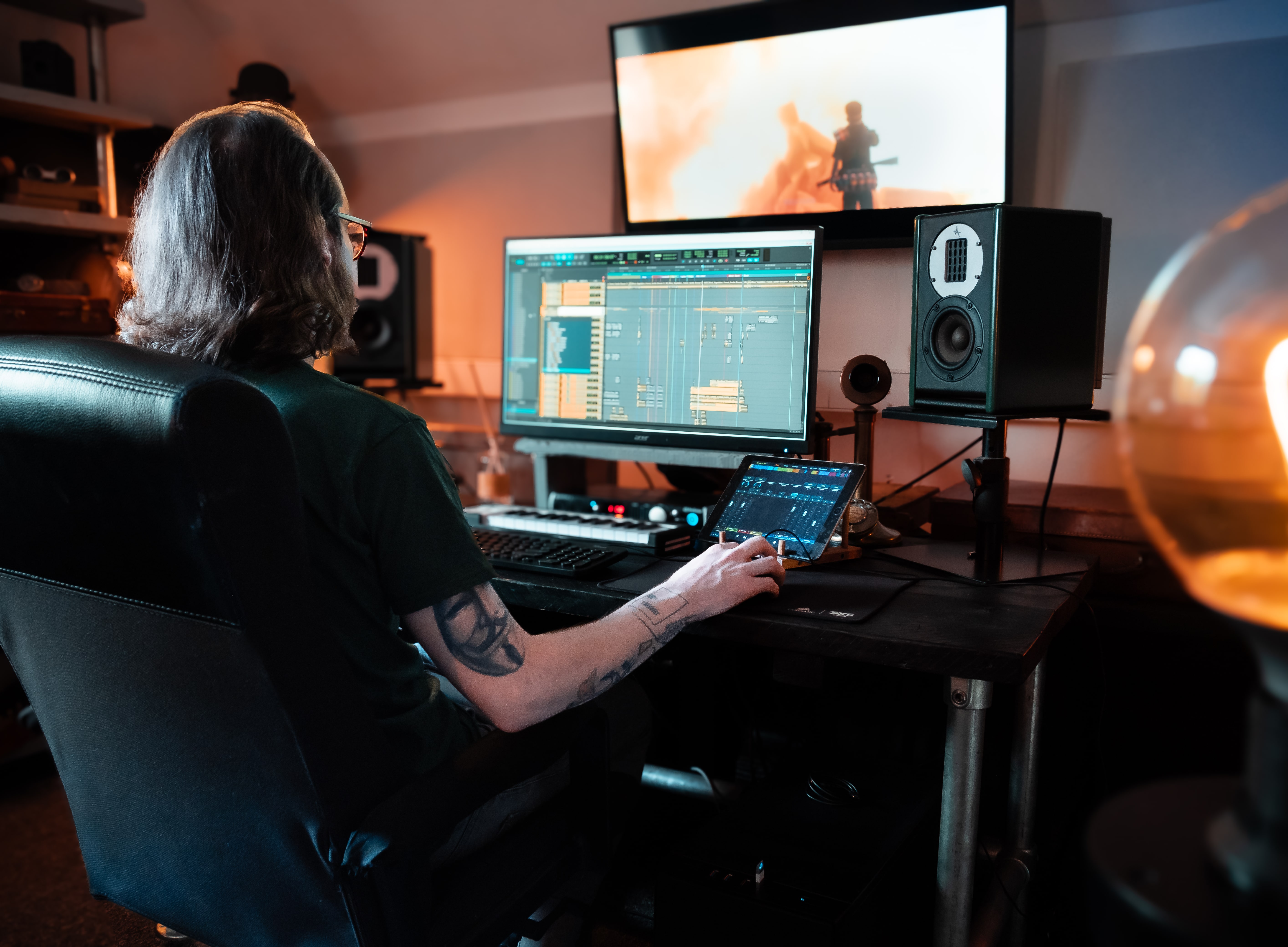
Outro
Working with found objects reminds us that sound design doesn’t need to be complicated to be powerful. Some of the most memorable and emotional sound moments come from the simplest sources—transformed through creativity, attention, and good technique.
Stay Curious - Conducting sound design with everyday objects thrives on curiosity. If you hear an interesting sound while cleaning, fixing something, or cooking—record it. The more you train your ear to listen for potential, the more powerful and versatile your sound palette will become.
This type of design isn’t just resourceful—it’s fun. There’s something deeply satisfying about creating a huge cinematic moment from a piece of junk mail or an old fan motor.
So next time you’re about to throw something away, hit pause. Shake it, hit it, bend it. You might have just found your next great sound.
If you’re inspired to start building your own collection of unique SFX but want a head start, check out our Fantastic Foley bundle. It’s packed with high-quality recordings of found objects and everyday materials—captured, curated, and ready to drop straight into your projects. From expressive prop handling to natural cloth sounds and detailed footsteps, it’s the perfect companion to your own experiments and a quick way to expand your sonic toolkit. CLICK HERE FOR MORE.
